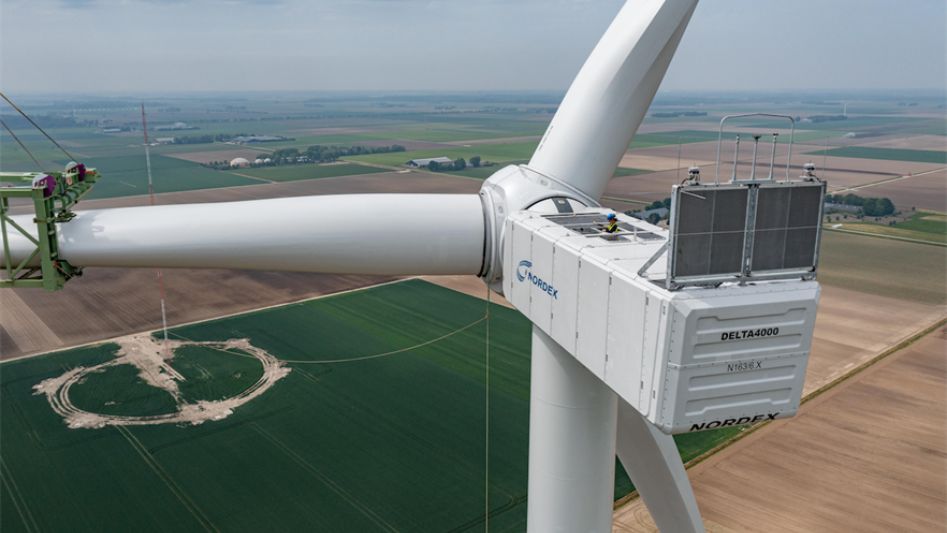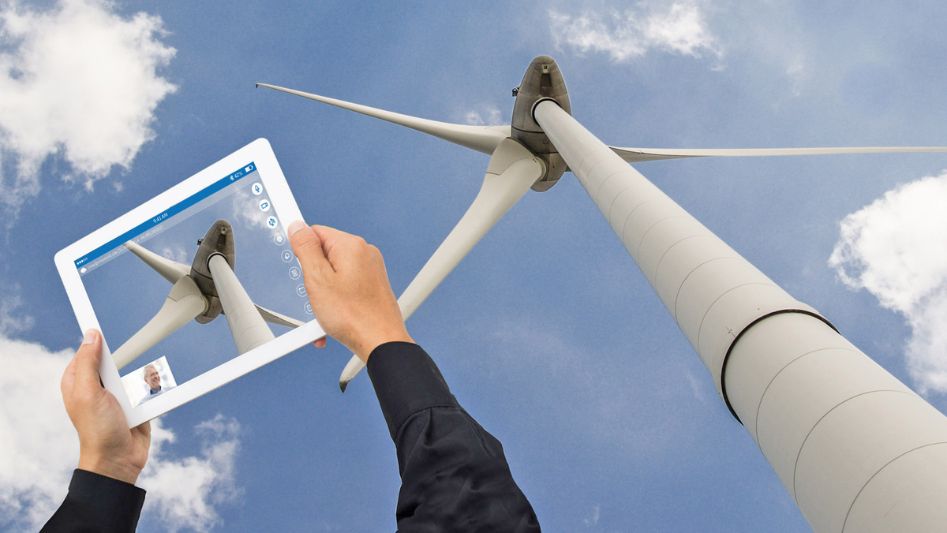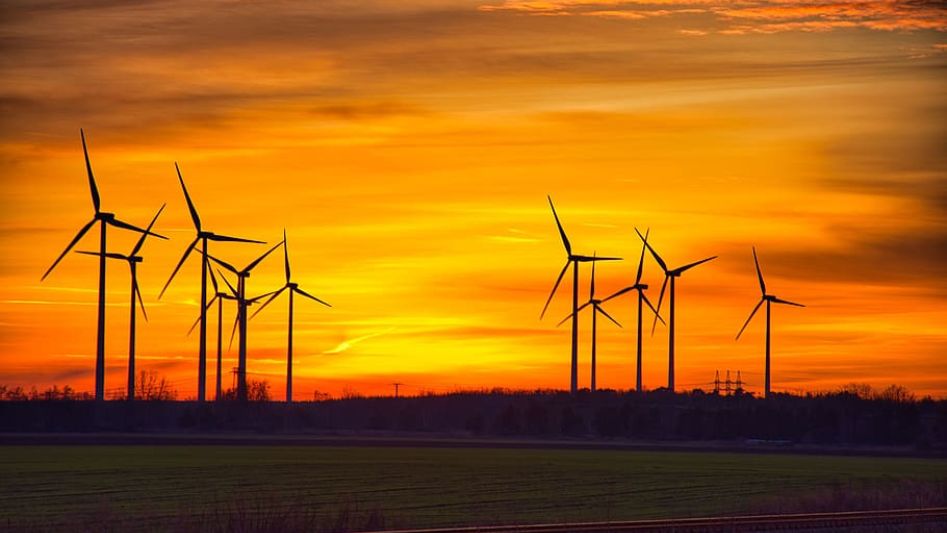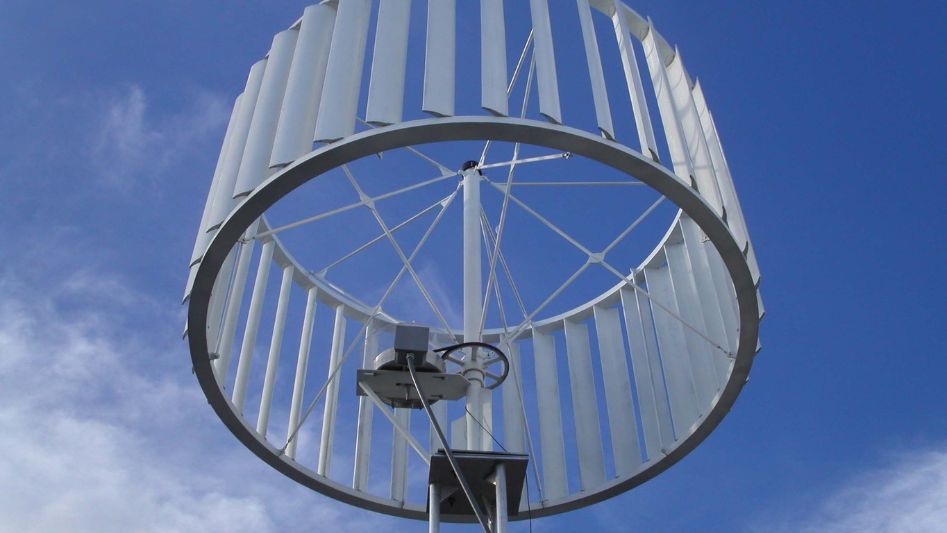Wind turbines have emerged as a pivotal technology in the renewable energy sector, providing a sustainable solution to our increasing energy demands. The concept of converting wind into electricity might seem simple, but the science behind wind turbines is much more intricate than meets the eye. In this article, we will delve into the fascinating world of wind turbines, exploring how they transform wind energy into usable watts of power, their environmental advantages, and the technology that drives these impressive structures.
Table Of Content
We invite you to read: “The Long Road to Vertical Axis Wind Turbines (VAWT)”

How Wind Turbines Work: An Overview
To understand the science behind wind turbines, it’s essential to grasp the fundamental principles of their operation. Wind turbines work based on the concept of aerodynamics and electromagnetic induction. As the wind blows, it causes the turbine blades to rotate, converting the kinetic energy of wind into mechanical energy. This mechanical energy is then transformed into electrical energy through a generator, providing a sustainable and clean source of power.
The Components of a Wind Turbine
A wind turbine consists of several critical components that work in harmony to harness wind energy efficiently:
1. Rotor Blades
The rotor blades are perhaps the most visually striking part of a wind turbine. These aerodynamically designed blades capture the kinetic energy from the wind and convert it into rotational energy.
2. Nacelle
Located at the top of the tower, the nacelle houses the main components, including the gearbox, generator, and control systems. It plays a pivotal role in ensuring the proper functioning of the wind turbine.
3. Tower
The tower provides the necessary height to position the rotor blades at an optimal height above the ground, where wind speeds are higher and more consistent.
4. Generator
The generator is responsible for converting the mechanical energy generated by the rotating blades into electrical energy through electromagnetic induction.
5. Anemometer and Wind Vane
These instruments continuously monitor wind speed and direction, allowing the turbine to adjust its position to capture the maximum wind energy.
6. Controller
The controller regulates the entire operation of the wind turbine, adjusting the blade pitch and yaw angle to optimize energy production.
From Wind to Watts: The Energy Conversion Process
The journey from wind to watts begins with the wind striking the rotor blades, imparting them with kinetic energy. This rotational motion is then transferred to the generator through the main shaft. The generator, based on the principles of electromagnetic induction, converts this mechanical energy into electrical energy. The electrical energy is then transmitted to the grid, making it available for use in homes, businesses, and industries.
We invite you to read: “Wind Turbines Speed: Are They Supposed to Spin Fast All The Time?”

Wind Turbines and the Environment
Wind turbines offer several environmental benefits, making them an attractive option for sustainable energy generation:
1. Clean Energy Source
Wind energy is entirely clean and produces no harmful emissions, contributing significantly to reducing greenhouse gas emissions and combating climate change.
2. Renewable Resource
Wind is an infinite and renewable resource, ensuring a long-term and sustainable energy supply for future generations.
3. Land Use Efficiency
Wind turbines can be installed on agricultural land, and the space between them can still be used for farming or other purposes, optimizing land use.
4. Water Conservation
Unlike conventional power plants that require vast amounts of water for cooling, wind turbines operate without consuming water, making them environmentally friendly.
We invite you to read: “Wind Turbines & Insect Wings: Can We Achieve Higher Efficiency?”

Conclusion
From wind to watts, the science behind wind turbines is a fascinating journey that demonstrates the potential of renewable energy sources. By harnessing the power of the wind, these impressive structures offer a sustainable and eco-friendly solution to our growing energy needs. With continued advancements in technology, wind energy will undoubtedly play a crucial role in shaping a greener and more sustainable future for generations to come.
FAQs
Are wind turbines noisy?
Modern wind turbines are designed to minimize noise levels. While they do produce some noise during operation, it is typically not significant enough to cause disturbances for nearby residents.
How tall can wind turbines be?
The height of wind turbines can vary, but some larger models can reach heights of up to 600 feet or more.
What is the lifespan of a wind turbine?
With proper maintenance, wind turbines can have a lifespan of 20 to 25 years or more.
Are wind turbines safe for birds?
Wind turbine manufacturers take precautions to reduce bird collisions, such as choosing suitable locations and using bird-friendly designs for the blades.
You May Also Like
- Blowing Away Myths: Debunking Common Misconceptions about Wind Turbines
- From Sunlight to Wind: The Green Energy Duo – Solar Panels and Wind Turbines
- The Science Behind How Wind Turbines Generate Electricity
- Martian Wind Energy: A Science Fiction Look at the Possibility of Wind Turbines on Mars
- Small but Mighty: How Vertical Axis Wind Turbines are Making a Big Impact in Cities

